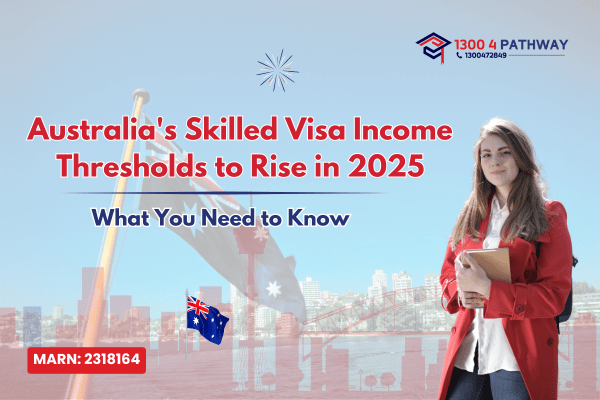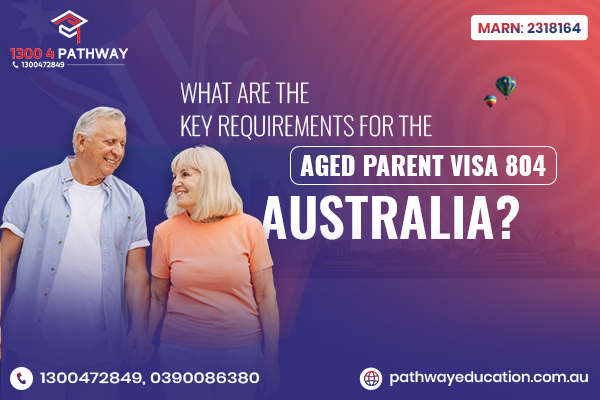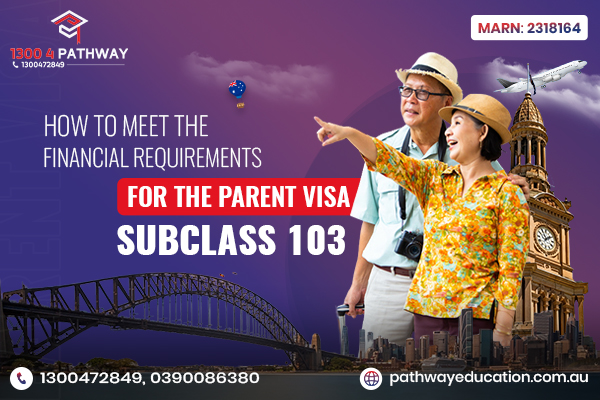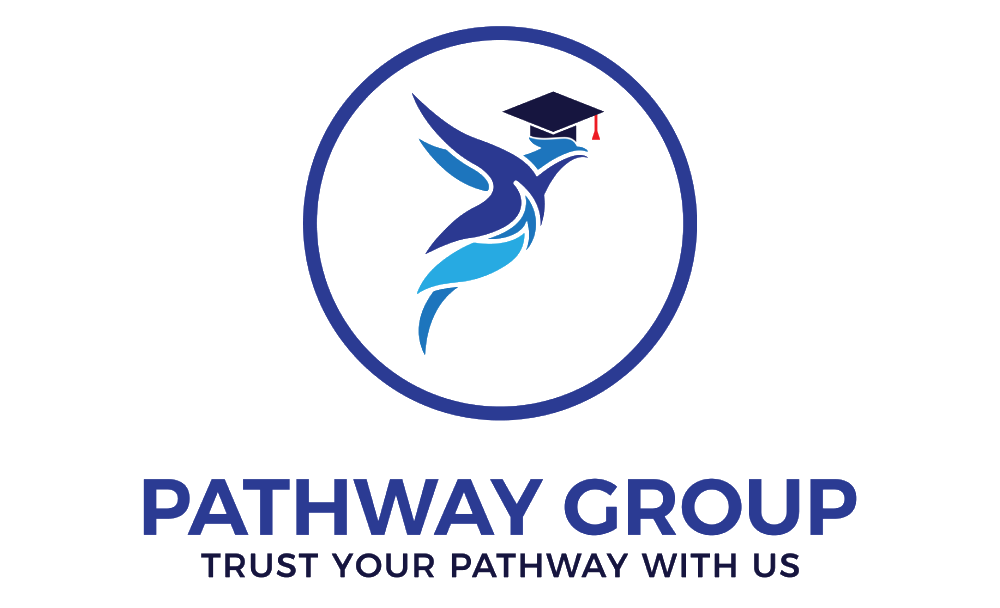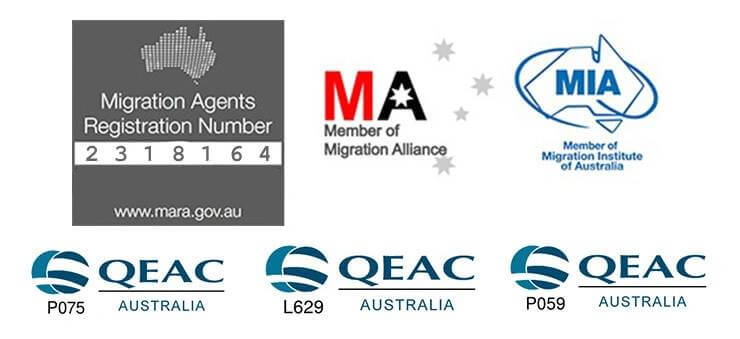All you need to know about Australian Partner Visa and contact us so we can assist you to choose the right Pathway. The visas that will be covered will be:
• Prospective Marriage (Fiancé) subclass 300>820/801– offshore visa where the applicant is engaged and not married to an Australian citizen, permanent resident or eligible New Zealand citizen. This visa allows the applicant to travel to Australia and remain in Australia for a period of 9 months from the date of grant. While the visa is in effect, it is a condition that the applicant must marry and lodge the 820/801 visa while onshore.
Condition 8515 is a mandatory condition whereby the applicant and sponsor must not marry before entering Australia. If they do marry, they must notify the Department and a move to a spouse visa will be taken to have been made. Mandatory condition 8519 states that the couple must marry within 9 months of the date of the grant of the visa. Condition 8502 may be imposed whereby the visa holder cannot enter Australia before another specified person). Conditions 8520, 8502 and 8515 will be imposed upon secondary applicants. Medicare will only be available once they lodge their permanent spouse visa (which is made on the same form and submitted at the same time as the temporary spouse visa). At the time of decision, the applicant and sponsor must be of “Australian marriageable age” which is 18 years of age or an Australian court authorises the marriage to take
A subclass 300 visa cannot be extended or renewed. The marriage must have taken place within the nine months of the grant otherwise the applicant will be in breach of their visa conditions.
Partner (Provisional) subclass 309/100 – a temporary visa leading to a permanent sc100 visa for applicants who are either married or in a de facto spouse relationship (including a same sex relationship) lodged offshore allowing the applicant to travel and remain in Australia. The applicants must be offshore at the time of visa grant.
When making an application for the temporary Partner (Provisional) subclass 309, it is also taken that the application for the permanent visa subclass 100is made at the same time and place. The implication is that the applicant must meet application validity criteria for both at the time of lodgement.
Partner (Provisional) subclass 820/801 – this visa can be lodged onshore allowing the applicant to remain onshore until a decision to grant the permanent Sc 801 has been made. It is for applicants who are either married or in a de facto relationship. The applicants must be onshore at the time of visa grant.
When making an application for the temporary (whether it be for the on shore or offshore subclass), it is also taken that the application for the permanent visa subclass 801 is made at the same time and place. The implication is that the applicant must meet application validity criteria for both at the time of lodgement.
Partner (Permanent) subclass 801 – The permanent visa granted onshore after all the criteria for the temporary partner visa has been met such as subclass 202
Limitation on sponsorship
The serial sponsorship provisions Regulation 1.20J imposes limitations on how many partners a sponsor may nominate to come to Australia on the partner visa subclasses. A sponsor who fits one of the descriptions below will be precluded from sponsoring anyone else unless they can obtain a sponsorship waiver which will always be based on “compelling reasons”. This “exception” is contained in Regulation 1.20J (2). The provisions provide the following:
If the sponsor has previously sponsored a partner (whether it be prospective spouse, spouse or de facto spouse and the visa was granted, five years must pass from the date the first application was lodged to the date the second application was decided. A sponsor must access the waiver provisions to lodge any sooner.
If the sponsor has already sponsored two different people and those visas were granted, they will be prevented by sponsoring anyone else unless they receive a waiver of the sponsorship provisions.
If the sponsor were themselves sponsored to Australia, five years must pass from the date their application was lodged and the date.
Waiver Provisions allows number of possible compelling circumstances may include:
- There is a dependent child of the relationship that is dependent on both the sponsor and the applicant 22
- The previous partner left the sponsor and the sponsor has the care and responsibility of dependent children
- The previous partner has died
- The new and current relationship is a long term one
- Compelling and compassionate grounds for sponsor and application in case of a potential breach of pic 4020.
- maternity issues where departure from Australia could complicate matters for the applicant
- age-related maternity issues for the applicant
- issues of separation for an extended period from the sponsor
- the applicant is the sole breadwinner and their departure would significantly impact on the sponsor’s welfare
- negative impact on a step-child’s formative years if the applicant leaves Australia
DFAT warnings on community violence in the applicant’s home country that make it unsafe for the applicant’s circumstances
hardship caused to the relationship between the sponsor and the applicant’s children if the applicant and the children have to leave Australia to make an application offshore
the sponsor feels compelled to leave Australia with the applicant, leading to loss of employment and income in Australia and resulting in serious financial and other difficulties for the family unit when they eventually are able to return
reasons concerning safety for the applicant and the sponsor in the applicant’s home country if required to submit application offshore
the applicant’s family unit and the sponsor would suffer significant psychological and material hardship if they were forced to depart the country
the sponsor relies on the applicant for ongoing and continuous care.
Schedule 3 criteria- 3001, 3003, 3004 The applicant satisfies Schedule 3 criteria 3001, 3003 and 3004, unless the Minister is satisfied that there are compelling reasons for not applying those criteria. Schedule 3 criteria 3001, 303 and 3004 Public Interest Criteria – Character PIC 4001 and Section 501 of the Migration Act- Applicants for partner visas are subject to the character assessment under PIC 4001 and the general power to cancel a visa under section 501 of the Migration Act. Applicants who fail to pass the character requirements will also fail to satisfy the visa criteria. The applicant needs to satisfy two main questions: 1. Does he or she pass the character test as set out in Section 501 of the Migration Act 2. If they don’t, should their visa be cancelled or refused.



